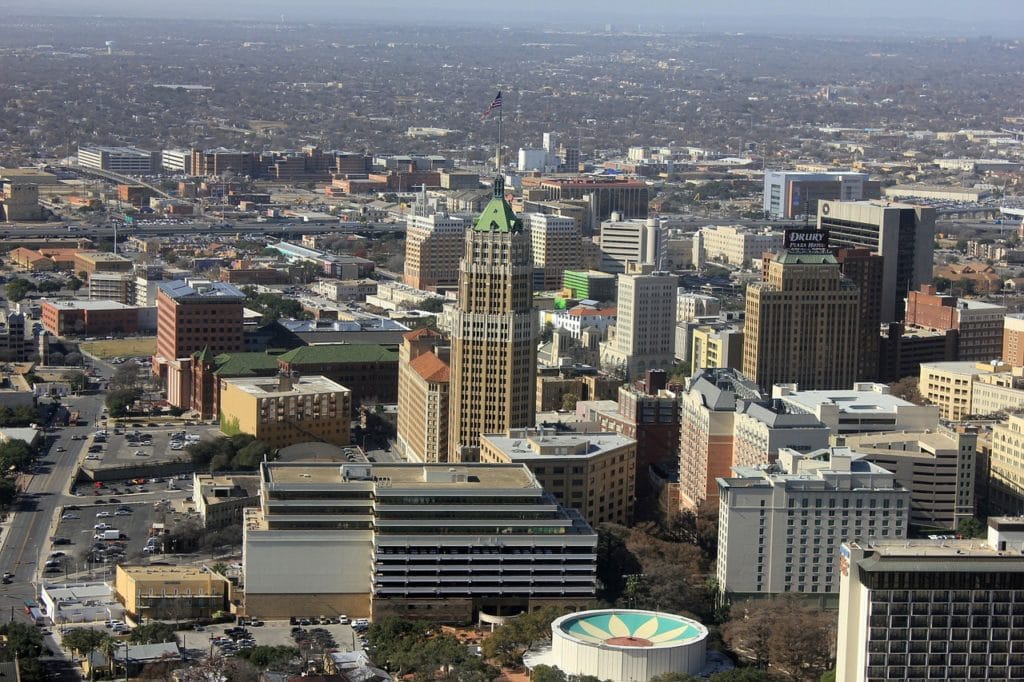
Article Summary: National Parks Near San Antonio
National Parks near San Antonio. There’s so much more to the Lone Star State than the San Antonio Spurs. In this article, More Than Just Parks goes deep in the heart of Texas.
San Antonio is a modern, vibrant city, rich in heritage with colorful personality forged across three centuries.
Its unique mixture of native Mexican, German and Spanish influence is noticeable in the city’s distinctive architecture, music, arts, and cuisine
But it also has some fabulous national parks that are within driving distance.

So, What Is A National Park?
We get asked that question a lot because there’s a difference between a “national park” and a “national park site.” To help you understand that difference you might want to check out our article titled: What Is A National Park Really?
If you’re planning a trip to the Lone Star State then one book that I highly recommend is: Texas Bucket List Adventure Guide: Explore 100 Offbeat Destinations You Must Visit!
Now let’s go ahead with 8 wonderful reasons why you’ll want to hop in your car and make a day’s drive from San Antonio to one of these truly amazing places.
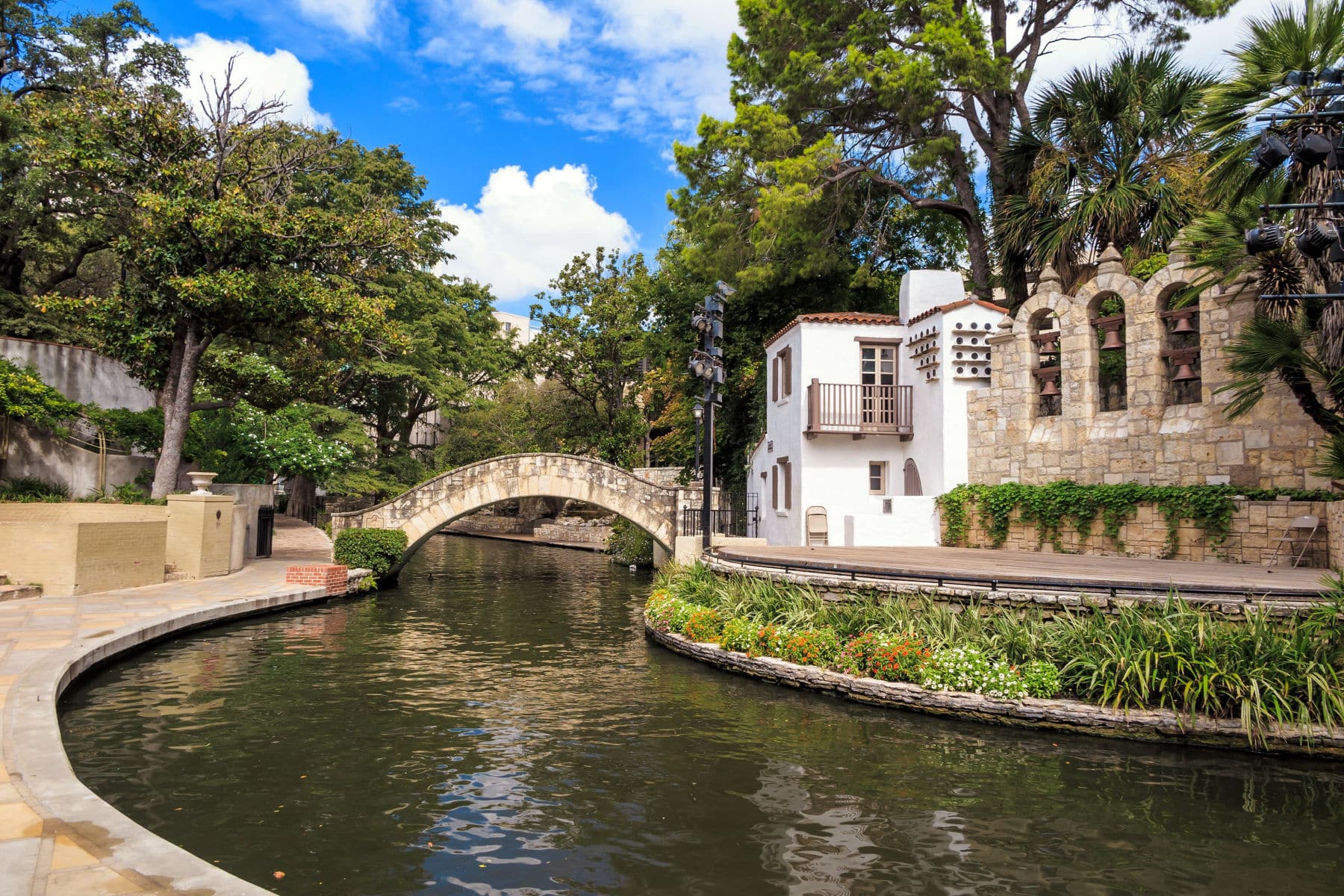
Table Of Contents: National Parks Near San Antonio
Best National Parks Near San Antonio
1. Big Bend National Park
Distance From San Antonio: Five hours and 49 minutes (413 miles) via I-10 W.
It’s a full day’s drive from San Antonio to Big Bend National Park, but well worth the trip. This magnificent park, which is often referred to as Texas “gift to the nation,” is famous for its natural resources and recreational opportunities. It’s also rich in cultural history.
Big Bend National Park is a vast wilderness that encompasses over 800,000 acres of land and is one of the largest national parks in the country.
The park is known for its diverse landscape, which includes rugged mountain ranges, sprawling deserts, and scenic canyons, as well as the Rio Grande, which forms its southern boundary. It’s a haven for outdoor enthusiasts, offering opportunities for hiking, camping, backpacking, rock climbing, and river trips.
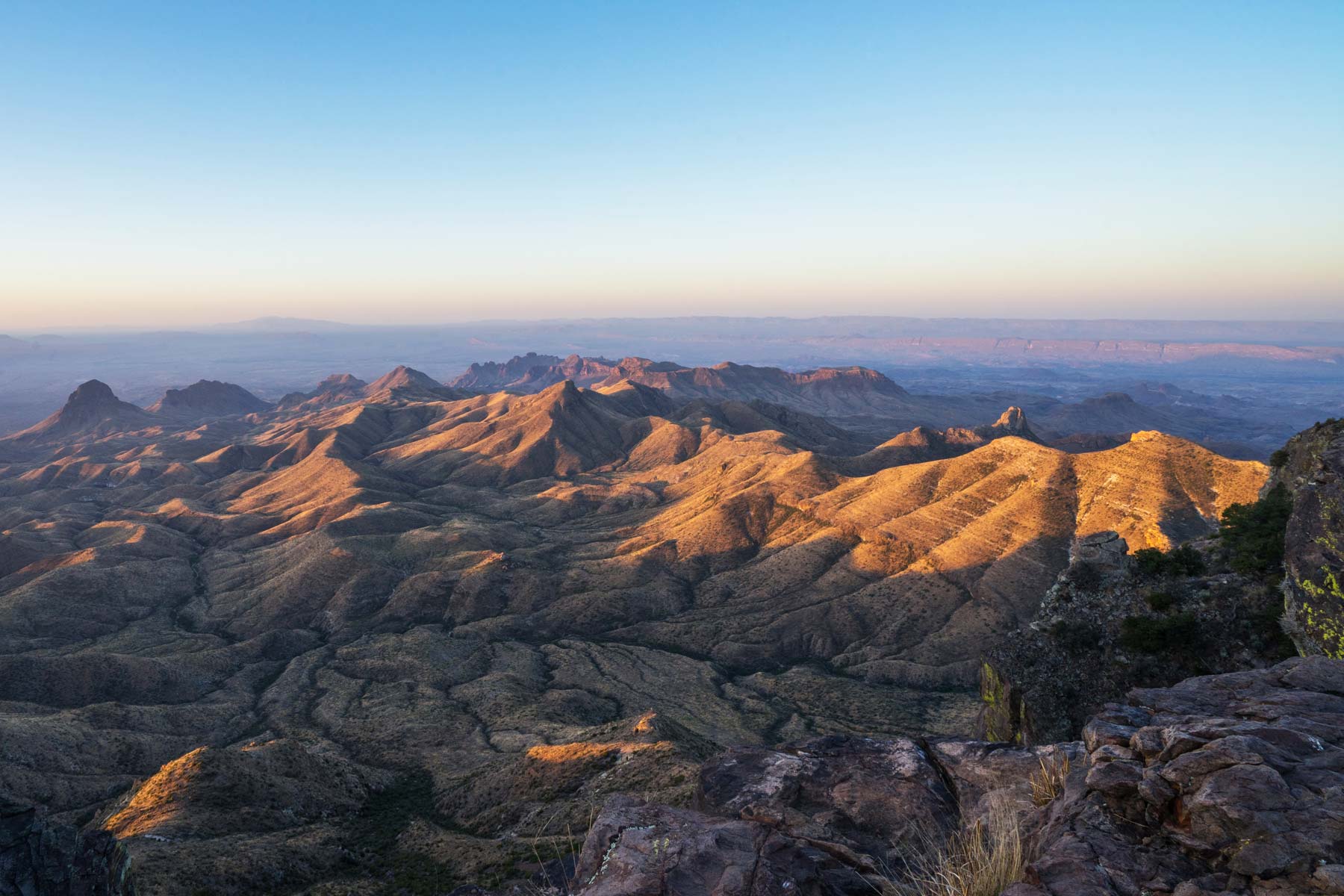
RELATED: 12 AMAZING Facts About Big Bend National Park
Check Out The Chisos Mountains
One of the main attractions of Big Bend National Park is the Chisos Mountains, which rise abruptly from the surrounding desert floor and provide a stunning backdrop for visitors. The park is also home to a variety of unique plant and animal species, including black bears, mountain lions, and numerous bird species.
In addition to its natural beauty, Big Bend National Park has a rich cultural history, with evidence of human habitation dating back over 10,000 years. The park is home to several ancient Native American rock art sites and the ruins of early homesteads, stagecoach stops, and military outposts.
Whether you’re looking for an adventure in the great outdoors or simply want to escape to a peaceful and scenic destination, Big Bend National Park has something to offer everyone.

2. Big Thicket National Preserve
Distance From San Antonio: Four hours and 28 minutes (290 miles) via I-10 E.
Big Thicket National Preserve covers over 100,000 acres of land and is one of the most biologically diverse regions in the country.
The preserve is named after the “Big Thicket,” a dense thicket of forest, wetlands, and prairies that provide habitat for a wide variety of plant and animal species.
The Big Thicket is home to a unique mixture of species from both the eastern and western parts of the United States, including many rare and endangered species. Some of the notable plant species found in the preserve include carnivorous pitcher plants, giant cane, and the purple pitcher plant.

The Park Is A Valuable Habitat For Wildlife
The Big Thicket also provides a valuable habitat for wildlife, including numerous species of birds, such as the red-cockaded woodpecker, and mammals, like the American black bear and the Texas pine snake. The preserve is also a popular destination for outdoor recreation, with opportunities for hiking, birdwatching, fishing, and canoeing.
In addition to its biological diversity, the Big Thicket has a rich cultural history, with evidence of human habitation dating back thousands of years.
The preserve is home to several historic sites, including cemeteries, churches, and homesteads, as well as the locations of important events in the state’s history, such as the “Wild Horse Desert” and the “Steamboat Era.”

RELATED: 18 SURPRISING New Mexico National Parks
3. Guadalupe Mountains National Park
Distance From San Antonio: Approximately seven hours (461 miles) via I-10 W.
It’s a long car drive from Austin, but it’s a magnificent national park and it’s definitely worth the trip.
Guadalupe Mountains National Park covers over 80,000 acres of land and is known for its stunning scenic beauty and unique geological features.
The park is home to the highest peak in Texas, Guadalupe Peak, which rises to an elevation of 8,751 feet and provides panoramic views of the surrounding landscape. The park is also known for its impressive fossilized reef system, which was once part of an ancient sea and is now preserved in the form of towering cliffs and canyons.
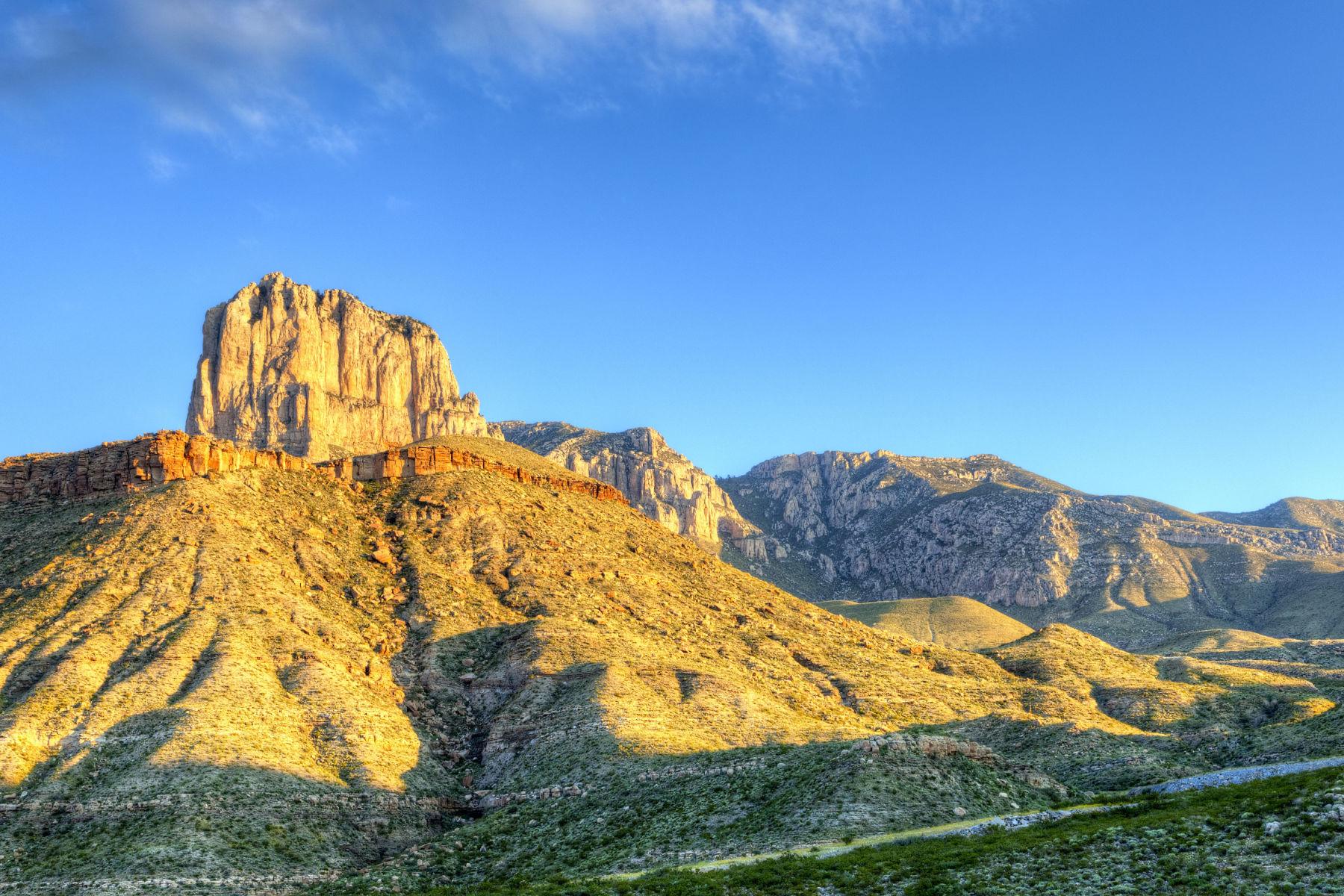
RELATED: 10 FASCINATING Facts About Guadalupe Mountains National Park
The Park Is Home To A Diverse Array Of Plant & Animal Life
In addition to its geological wonders, Guadalupe Mountains National Park is home to a diverse array of plant and animal species, including many species that are unique to the area. Some of the notable species found in the park include black bears, pronghorns, and various bird species, such as the peregrine falcon.
The park offers numerous opportunities for outdoor recreation, including hiking, backpacking, camping, rock climbing, and scenic drives. The park is also home to several historic sites, including the ruins of an old mining town, as well as the remnants of a Butterfield Overland Mail stagecoach station.
Whether you’re an avid hiker, a nature lover, or simply someone looking for a beautiful and peaceful escape, Guadalupe Mountains National Park has something to offer everyone. With its unique combination of scenic beauty, geological wonders, and rich cultural history, it is truly one of the crown jewels of the national park system.

More National Parks Near San Antonio
4. Lyndon B. Johnson National Historical Park
Distance From San Antonio: One hour and 21 minutes (76 miles) via I-10 W & Farm To Market 1376.
The Lyndon B. Johnson National Historical Park is located in the Texas Hill Country near Johnson City, Texas, and is dedicated to preserving the legacy of 36th President of the United States, Lyndon B. Johnson.
The park consists of several sites related to Johnson’s life and career, including his birthplace, boyhood home, and ranch, as well as the Lyndon B. Johnson Presidential Library and Museum in Austin, Texas.
Lyndon B. Johnson was born in 1908 in a small farmhouse near Johnson City, Texas, and grew up in the area. He went on to have a long and influential career in politics, first as a member of the U.S. House of Representatives, then as a U.S. Senator, and finally as Vice President under John F. Kennedy.
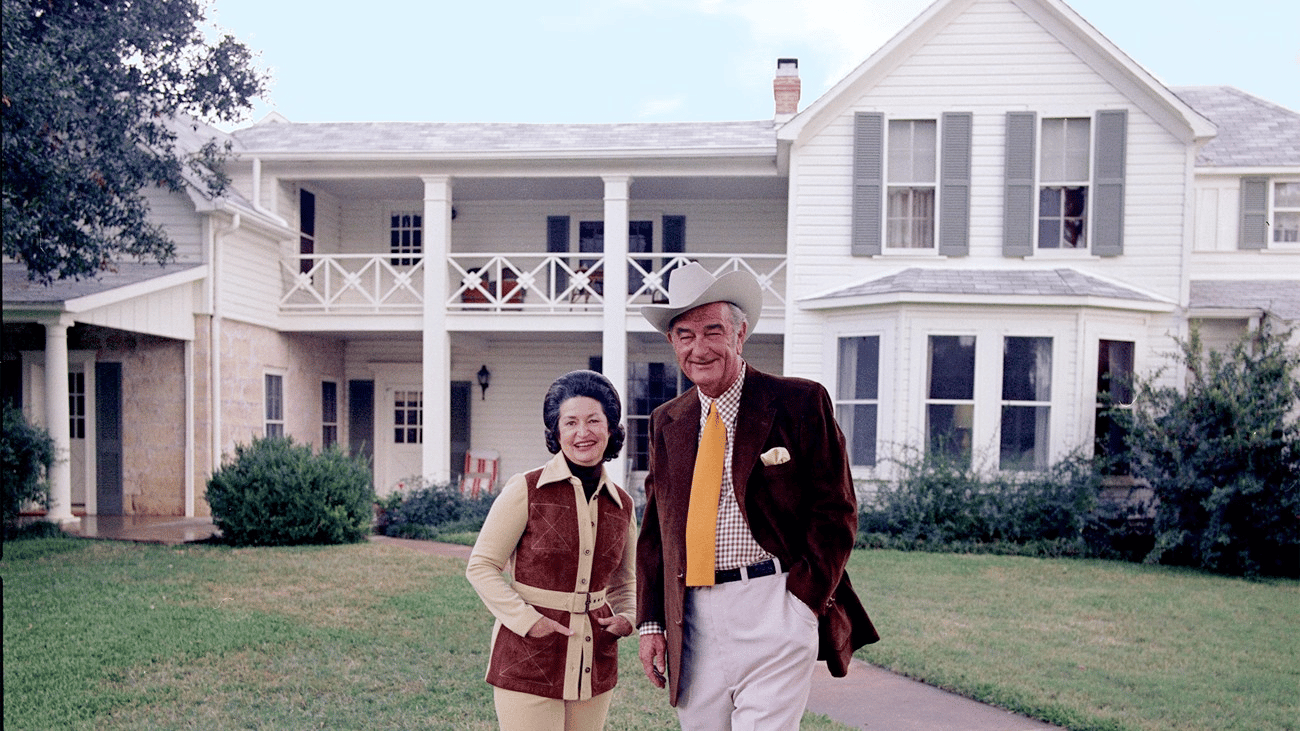
He Became America’s 36th President
After Kennedy’s assassination in 1963, Johnson became the 36th President of the United States and served two full terms.
During his presidency, Johnson is best known for his efforts to promote civil rights and social justice, as well as his leadership during the Vietnam War. He also implemented several key pieces of legislation, including the Civil Rights Act of 1964, the Voting Rights Act of 1965, and the Medicare Act of 1965.
The Lyndon B. Johnson National Historical Park was established in 1969, just a few years after Johnson left office, and has since been dedicated to preserving and interpreting the sites related to his life and legacy. The park offers visitors the opportunity to learn about Johnson’s life and achievements through guided tours, exhibits, and educational programs.

Things To Do At The Lyndon B. Johnson National Historical Park
Lyndon B. Johnson National Historical Park tells the story of our 36th President beginning with his ancestors until his final resting place on his beloved LBJ Ranch. This entire “circle of life” gives the visitor a unique perspective into one of America’s most noteworthy citizens by providing the most complete picture of an American president.
Things to see in the park include the Visitor Center, President Johnson’s Boyhood Home, Sam Johnson Sr.’s Cabin, and the Texas White House.
As a retired history teacher who’s fascinating with the life and times of America’s 36th President, I would recommend what I (and a lot of other folks) consider to be the best biographical series written on LBJ.
The Years of Lyndon Johnson: The Path to Power; Means of Ascent; Master of the Senate; The Passage of Power by Robert Caro is a four volume collection which won the coveted Pulitzer Prize.

5. Padre Island National Seashore
Distance From San Antonio: Two hours and 31 minutes (171 miles) via I-37 S.
Padre Island National Seashore is a protected area located on Padre Island, a long, narrow barrier island along the coast of Texas, United States.
The seashore extends for over 70 miles along the Gulf of Mexico and is the longest undeveloped stretch of barrier island in the world.
The seashore is renowned for its pristine beaches, rich wildlife, and diverse habitats, which include sand dunes, grasslands, and tidal flats. Padre Island is a critical nesting ground for the endangered Kemp’s ridley sea turtle, and is one of the few places in the world where visitors can observe sea turtles nesting and hatching on the beach.

It’s A Popular Destination For Outdoor Recreation
In addition to its wildlife, Padre Island National Seashore is also a popular destination for outdoor recreation, with opportunities for camping, hiking, fishing, birdwatching, and beachcombing.
The seashore is also home to several historic sites, including the remains of a Spanish shipwreck, as well as several structures built by early settlers on the island.
Visitors to Padre Island National Seashore can enjoy a unique and serene wilderness experience, surrounded by the beauty and diversity of the Gulf of Mexico coast. Whether you’re a nature lover, a beach enthusiast, or simply looking for a peaceful escape, Padre Island National Seashore has something to offer everyone.
RELATED: 6 SURPRISING Oklahoma National Parks
6. Palo Alto Battlefield National Historical Park
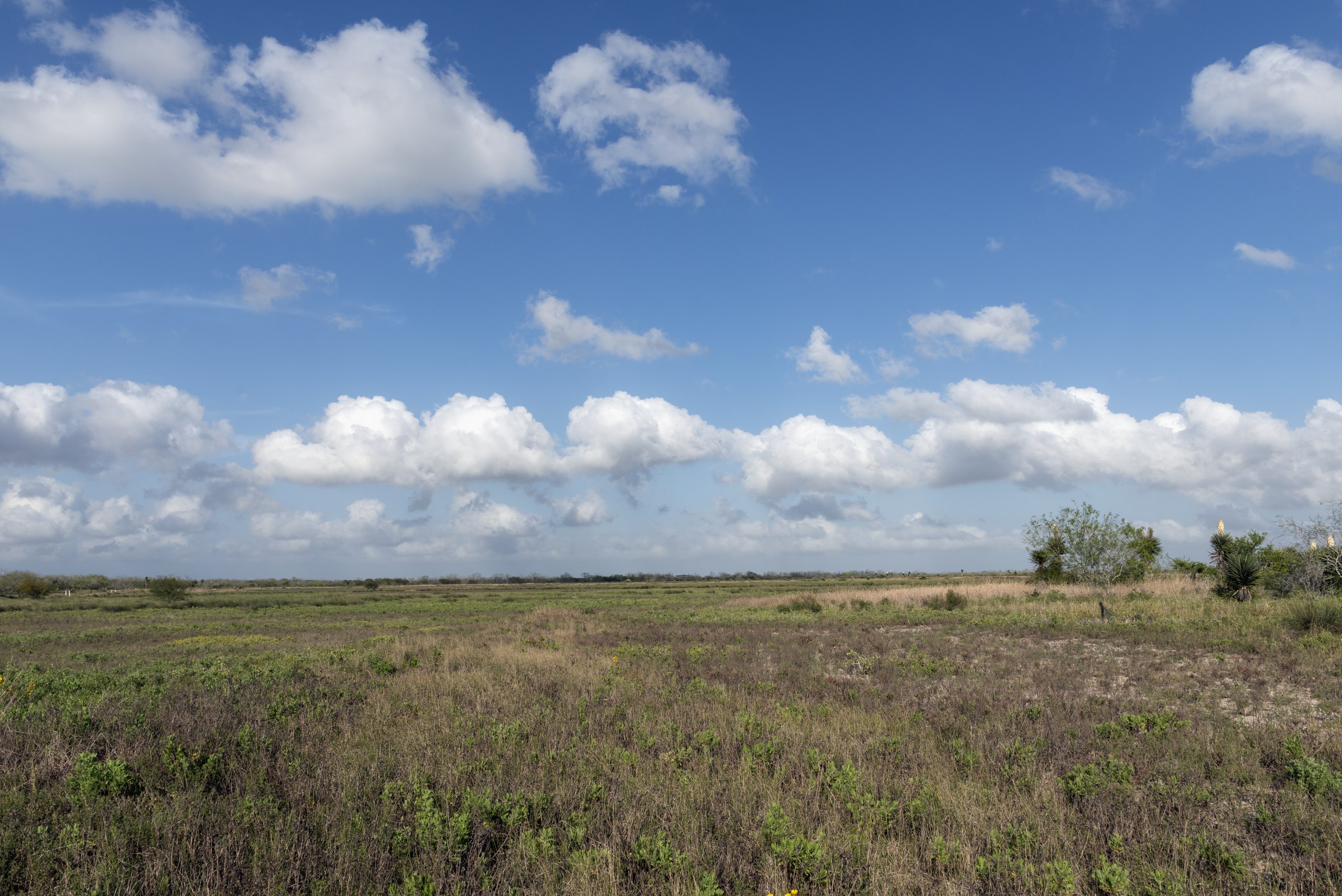
The Palo Alto Battlefield National Historical Park was established in 1991 to commemorate the first major battle of the Mexican-American War, which occurred on May 8, 1846, near the present-day city of Brownsville.
The park covers an area of approximately 3,400 acres and features a visitor center, which houses exhibits and information about the battle and the history of the area. There are also several hiking trails and picnic areas throughout the park.
The main attraction of the park is the battlefield itself, which has been preserved and restored to its 1846 appearance. Visitors can take a self-guided driving tour of the battlefield, which includes interpretive signs and markers describing the events of the battle.
Check Out: 15 MUST-SEE Historic Sites In Texas
It’s The Site Of The First Major Battle Of The Mexican-American War
Palo Alto Battlefield National Historical Park is the site of the first major battle of the U.S.-Mexican War. Visitors can experience a landscape almost as it existed on the day of the battle. The park enjoys the unique distinction of being the only National Park Service unit to interpret the U.S.-Mexican War. (Source: NPS)
I recommend that you begin your visit at the Visitor Center and pick up a park brochure and trail guide. From there you will discover outdoor adventures which include:
- Hiking the battlefield trail which is a half-mile walk. Along the way you will see a landscape very much like the one experienced by soldiers in 1846.
- From Palo Alto you can also explore the Brownsville Historical Trail which includes historic sites and attractions.
- Bird watching is highly recommended too. All you have to do is bring a pair of binoculars with you and keep a watchful eye out as you traverse the trail.
- Visit the Resaca de la Palma Battlefield which features a half-mile circular trail with interpretive waysides.

7. San Antonio Missions National Historical Park

Distance From San Antonio: Thirteen minutes (5 miles) via S. St. Mary’s and Roosevelt Ave.
The San Antonio Missions National Historical Park is a UNESCO World Heritage site.
The park is a collection of four 18th-century Spanish missions, each with its own unique history and architecture, which were established by Franciscan missionaries to convert and educate the indigenous people of the region.
The four missions included in the park are Mission Concepción, Mission San José, Mission San Juan Capistrano, and Mission Espada. They are situated along the San Antonio River and are connected by a walking and biking trail known as the Mission Trail.
Visitors to the park can explore the missions and their grounds, which include churches, living quarters, workshops, and agricultural areas. There are also guided tours available, as well as interpretive exhibits and demonstrations, which provide a deeper understanding of the missions’ history and the way of life of the people who lived there.
Queen Of The Missions
Despite the Spanish colonial period, the missions have played an important role in the history and culture of the area. For example, Mission San José became known as the “Queen of the Missions” for its size and complexity, and remains one of the most well-preserved examples of Spanish colonial architecture in the United States.
In the late 19th and early 20th centuries, the missions fell into disrepair and were largely forgotten. However, they were rediscovered and restored in the mid-20th century, and in 1978, they were established as a national historical park to protect and interpret their cultural and historical significance.
Today, San Antonio Missions National Historical Park is a popular tourist destination, attracting visitors from around the world who come to see the well-preserved missions and learn about the history of the Spanish colonial period in Texas.
The park offers a variety of educational and interpretive programs, as well as guided tours, exhibits, and events that help visitors understand the significance of these important cultural and historical sites.

RELATED: 16 SURPRISING Texas National Parks
Still More National Parks Near San Antonio
8. Waco Mammoth National Monument
Distance From San Antonio: Three hours and 15 minutes (207 miles) via TX-130 N & I-35 N.
Waco Mammoth National Monument is a paleontological site located in Waco, Texas.
It is dedicated to the preservation of the remains of a herd of Columbian mammoths that lived in the area approximately 68,000 to 78,000 years ago. The site was discovered in 1978 by a local rancher and was later excavated and studied by paleontologists.
The mammoths at Waco Mammoth National Monument are unique because they were preserved in a large, wet sinkhole, which allowed for the exceptional preservation of the remains. The site contains the remains of at least 24 individual mammoths, including a rare find of a nursing female and her juvenile.
This discovery is significant because it provides evidence of the social behavior and family structure of these ancient animals.
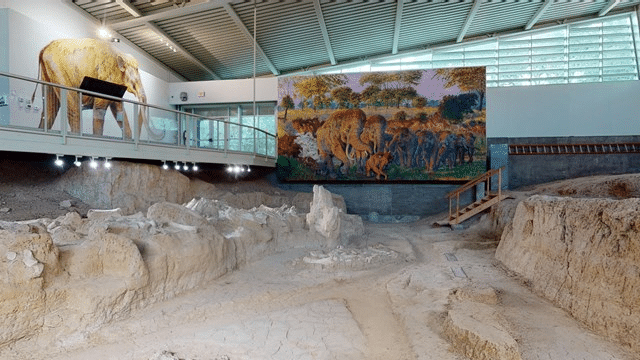
See Remains Of Ice Age Animals
In addition to the mammoths, the site also contains the remains of other Ice Age animals, such as American bison, llamas, and camels, providing a glimpse into the diverse flora and fauna of the area during the late Pleistocene period.
Waco Mammoth National Monument is now a protected area, with the remains of the mammoths and other animals on display in a state-of-the-art facility. The monument offers visitors the opportunity to learn about the history of these magnificent creatures and the unique geological conditions that led to their preservation.
Through guided tours, interactive exhibits, and educational programs, visitors can gain a deeper appreciation for the wonders of the natural world and the rich geological and paleontological history of Texas.

National Parks Near San Antonio FAQ
San Antonio Missions, a National Park Service site and the only UNESCO World Heritage Site in Texas.
Despite its immense size, Texas only has two officially designated National Parks: Big Bend National Park and Guadalupe Mountains National Park.
The Chisos Mountains are slightly closer to San Antonio. However, they are still about 450 miles west. Hiking and camping in those mountains is one of the most popular, and best things to do in Big Bend National Park.
Why Trust Us About National Parks Near San Antonio?
We’re Jim Pattiz and Will Pattiz, collectively known as the Pattiz Brothers (and sometimes the Parks Brothers) and we absolutely LOVE the national parks.
You should probably know that we don’t just make this stuff up out of thin air. We’ve spent our entire adult lives exploring and filming America’s national parks and public lands.
We’ve worked with the National Park Service, the Department of Interior, USDA, and the U.S. Forest Service for years creating films on important places and issues. Our work has been featured in leading publications all over the world and even some people outside of our immediate family call us experts on the national parks.
Meet The Parks Brothers
Map Of National Park Sites Near San Antonio
List Of National Park Sites Near San Antonio
- Big Bend National Park
- Big Thicket National Preserve
- Guadalupe Mountains National Park
- Lyndon B. Johnson National Historical Park
- Padre Island National Seashore
- Palo Alto Battlefield National Historical Park
- San Antonio Missions National Historical Park
- Waco Mammoth National Monument
To Learn More About The Lone Star State:
- Official Guide to Texas State Parks and Historic Sites: New Edition by Laurence Parent.
- Texas Bucket List Adventure Guide: Explore 100 Offbeat Destinations You Must Visit by John Mallon.
- Lone Star: A History Of Texas And The Texans by T.R. Fehrenbach.
- History of Texas: A Captivating Guide to Texas History, Starting from the Arrival of the Spanish Conquistadors in North America through the Texas Revolution to the Present by Captivating History.
We Hope You’ll Follow Our Journey

Our goal here at More Than Just Parks is to share the beauty of America’s national parks and public lands through stunning short films in an effort to get Americans and the world to see the true value in land conservation.
We hope you’ll follow our journey through the parks and help us to keep them the incredible places that they are. If you’re interested in joining the adventure then please sign up below!

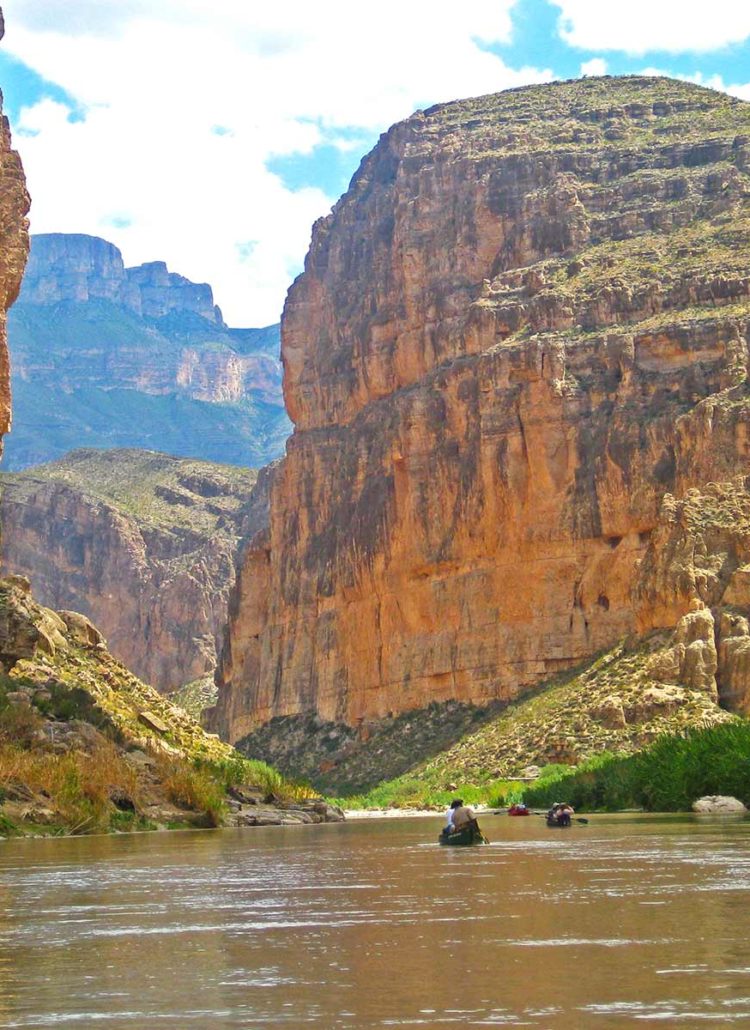



Leave a Reply